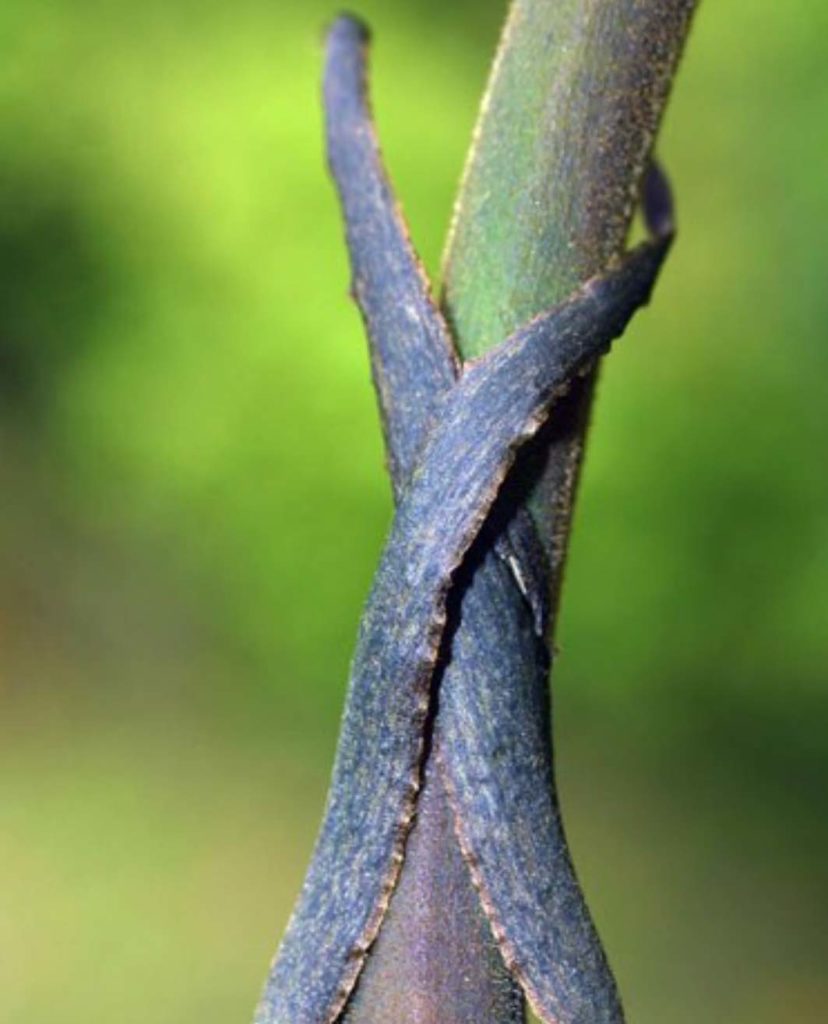Pirita is a Supplejack vine which has many other names including Kareao, Pirinoa, Pirirangi, and Piritahi. Pirita were given the distinction of being one of “ngā taero o Kupe”, one of the challenges which the explorer Kupe encountered when he visited Aotearoa. James Cook also commented on the protective barrier provided by pirita.
Te Ope Pirita denotes the notion of surrounding, embracing, connecting, and supporting each other. We at Reconnect Family Services Te Ope Pirita spread into the community, embrace, connect, unite, and protect our whānau and rangatahi, just like the Pirita of the forest that reaches out, surrounds, unites and protects all the trees. The Pirita appears to be tying the forest together and uniting the trees as one.
Te Ope Pirita uses robust systems and processes to ensure we are offering the best possible services for our whanau and rangatahi. We use a systems approach to ensure we are successful in our work.
We intend to spread like the Pirita that moves across the forest floor, finds a tree to climb, and in the process of getting to the canopy takes many paths to create an almost impenetrable barrier.
Just as Pirita provided protection for the forest trees and the homes of the Patupaiarehe (the forest people), we at Te Ope Pirita endeavour to protect our whanau and rangatahi in their homes.

The juice from cut stems of pirita was an acceptable drink, and the young shoots are edible and a good substitute for asparagus. This plant is used in Māori rongoā (medicine) to treat fever, rheumatism, intestinal complaints, and skin diseases.
The flexible stems have many of the properties of rattan and are valuable tying material for fences, palisades, houses and canoes, fish baskets, crayfish pots, eel and rat traps, and made strong ladders to climb cliffs, trees and enemy palisades.
The split stems provided the material for finely plaited containers, including sieves for sifting hīnau flour, and even musical instruments. The stems were also useful for making walking sticks.
So, like the pirita we are agile, adaptable, and focused on protection. We are in the process of registering the addition of Te Ope Pirita to our name. Later this year, we’ll do a formal “rebranding”, but practice using the name informally until then.
Te Ope Pirita (te-OH-peh pea-ree-ta)
te- (like like “d”e)
Syllabification: te
o- (like “OH”)
pe- (like “peh”)
Syllabification: o·pe
pi – /pi/ (like “pea” in “pea”)
ri – /·i/ (like “ree” in “ree”)
ta – /t·a/ (like “ta” in “ta”)
Syllabification: pi·ri·ta
Phone 09 926 5360 or email info@reconnect.org.nz
Individual programme contact details here.
8 Puhinui Road
Manukau
Auckland 2104
15 Puriri Street
New Lynn
Auckland 0600
PO Box 276182
Manukau City
Auckland 2241